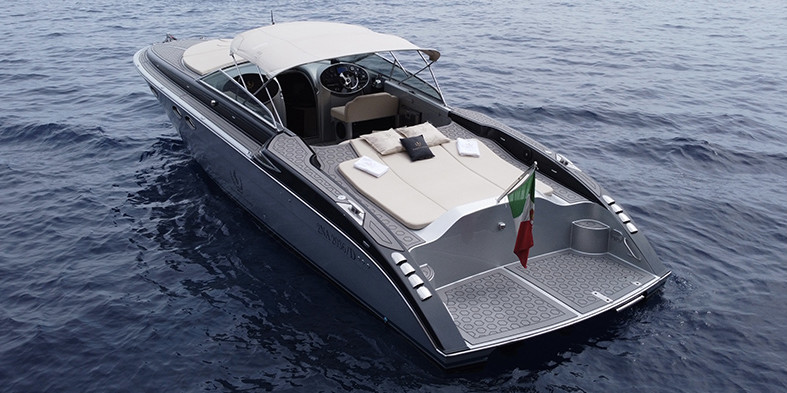Hydrogen Yacht
Description of the project
The HYDROGEN YACHT project intends to develop a hybrid GREEN propulsion system for pleasure boats, composed of an electric motor, battery pack, fuel cell powered by hydrogen or methanol, thermal engine, transmission and interface with the thermal engine.
Objective
The main objective is the development of a new GREEN propulsion system capable of allowing the circumnavigation of the island of Capri with zero CO2 emissions
aftermath
The result of the HYDROGEN YACHT project saw the creation of a GREEN propulsion system composed of an electric motor, battery pack, fuel cell powered by hydrogen and interface with the thermal engine. As an operational verification of the expected result, a GREEN propulsion system demonstrator was created, which is installed on board the TORNADO 45 vessel of Sorrento Luxury, capable of allowing navigation around the island of Capri with the combustion engine off and with zero emissions. of CO2.
The proposed plug-in hybrid electric propulsion system is characterized by a single-axis parallel architecture. The parallel architecture consists of an internal combustion engine and an electric motor mechanically connected to the transmission, thus being able to cooperate appropriately for propulsion purposes. When the electric motor is mounted on the same axis as the combustion engine, we speak of 'single axis systems'; this configuration allows you to reduce weight and bulk. The connection between the internal combustion engine and the electric one is intermediated by an overspeed freewheel, which implements the same function as a conventional clutch.
The electric motor is powered in alternating current by an inverter, which takes the energy stored in the form of direct current from an on-board battery. The battery is rechargeable:
• in port via the existing columns, therefore with a “plug-socket” system, so an on-board battery charger is housed in the engine room.
• by the thermal engines which can charge the battery pack through the electric motors in battery charger mode.
• from a fuel cell installed on board which burns hydrogen to produce electricity.
To optimize the results relating to the reduction of consumption, the project also included the test for the use of an innovative antifouling paint on the hull and propulsion which allows to improve the hydrodynamic performance of the hull by reducing its resistance to advancement and power used.
The project involved collaboration in the form of consultancy with the University of Naples Federico II Department of Industrial Engineering and with the company Superyacht Assistance S.r.l.
Project co-financed by the European Regional Development Fund
“Public notice for support for Campanian MSMEs in the implementation of technological transfer and industrialization projects POR CAMPANIA FESR 2014-2020 Priority Axis 3 - Competitiveness of the production system Specific Objective 3.1 Relaunch of the propensity to invest in the production system Action 3.1.1 Aid for investments in machinery, plants and intangible assets and support of corporate reorganization and restructuring processes' - CUP B17H22001850007





